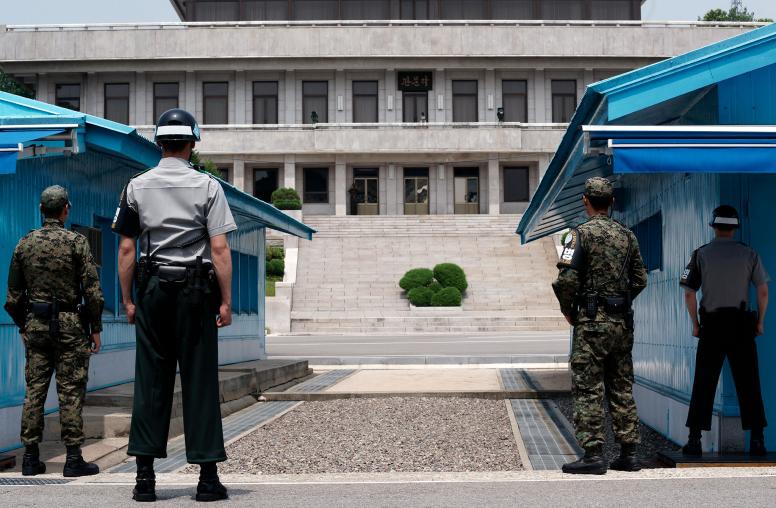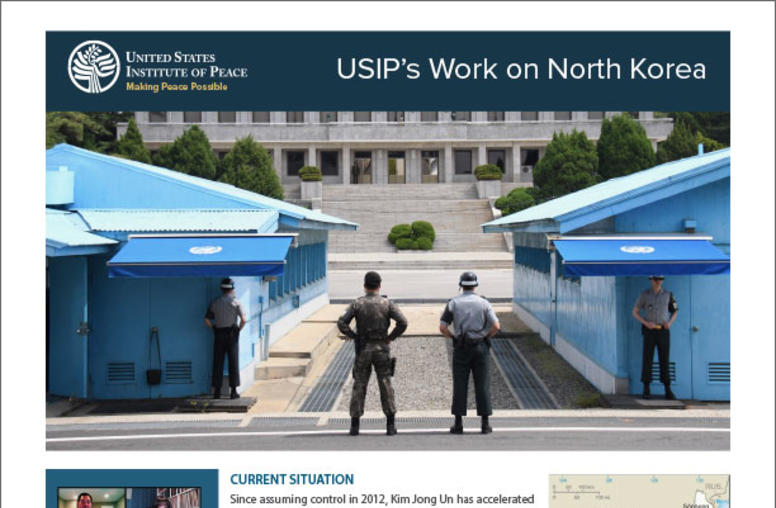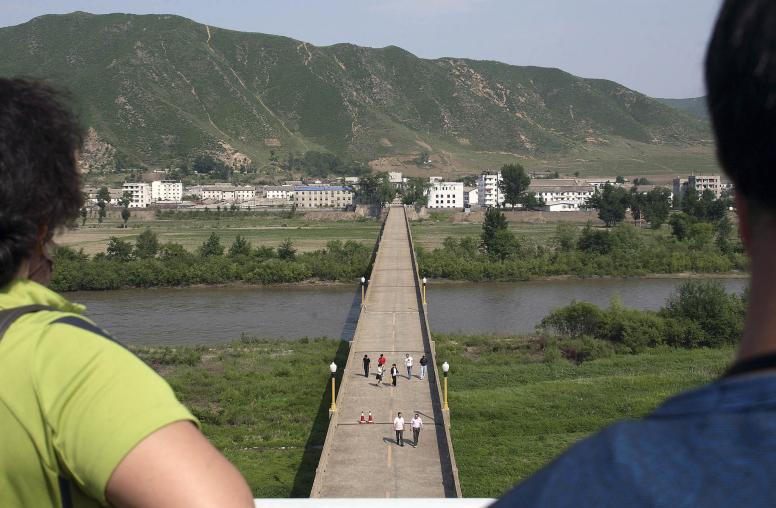Korea: Challenges North and South
The Institute cosponsored an off-the-record policy briefing on Capitol Hill to explore the current challenges posed by recent development on the Korean peninsula.
The Institute cosponsored an off-the-record policy briefing on Capitol Hill to explore the current challenges posed by recent development on the Korean peninsula.

It is now clear that applying pressure does not lead to North Korean restraint; rather, it fuels North Korean provocations. The United States and its allies should instead seek stable coexistence with Pyongyang as an overarching goal.

In 2018, reinvigorated diplomacy and reduced tensions generated hope for a more secure and peaceful Korean Peninsula. At a historic summit in Singapore in June, the United States and North Korea committed to establish “new U.S.-DPRK relations” while North Korea also committed to work toward the “complete denuclearization of the Korean Peninsula.” However, the two countries disagreed about what each side should concede and when, leading to a diplomatic failure at a subsequent summit in Hanoi in February 2019. Today, the United States and North Korea coexist in an antagonistic, high-risk stalemate.

On President Donald Trump’s first day in office, he referred to North Korea as a “nuclear power.” Just a few months before, North Korean dictator Kim Jong Un said he would “exponentially” increase his country’s nuclear weapons arsenal, which he followed by testing a new intercontinental ballistic missile and a new hypersonic missile. Additionally, there are concerns that Moscow may transfer sensitive military technologies to North Korea in exchange for Pyongyang supplying weaponry and troops for Russia’s war on Ukraine. These developments inject new urgency into a key question that will have major ramifications for stability and security on the Korean Peninsula and beyond: Should South Korea go nuclear?

For any peaceful coexistence between the United States and North Korea to take root, there will need to be multiple levels of dialogue, engagement and cooperation. Given the historic distrust between the two countries, this is easier said than done. But “people-focused” engagement — that is, engagement that centers North Korean people’s wellbeing — could allow Americans to establish working relationships with North Korean counterparts while also demonstrating U.S. commitment to improving the lives of ordinary North Koreans.